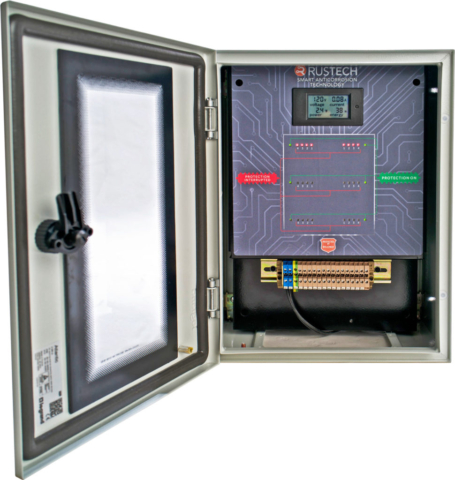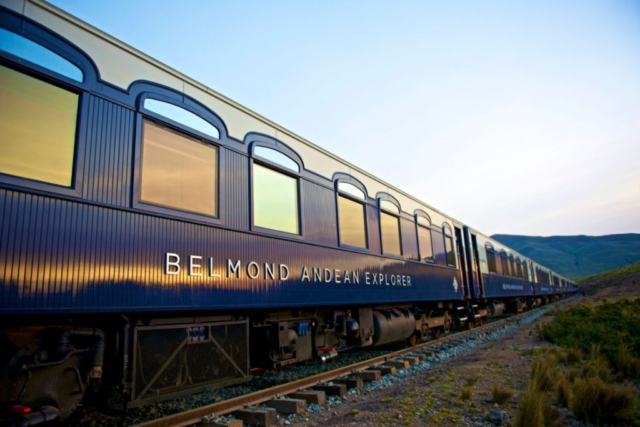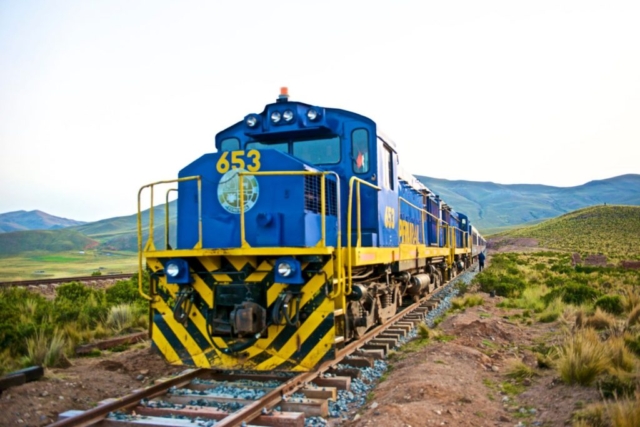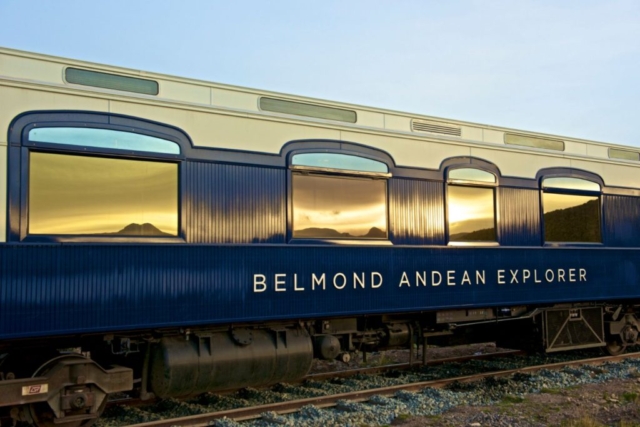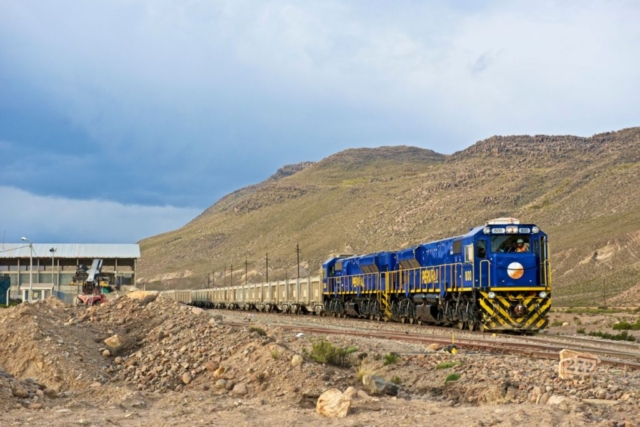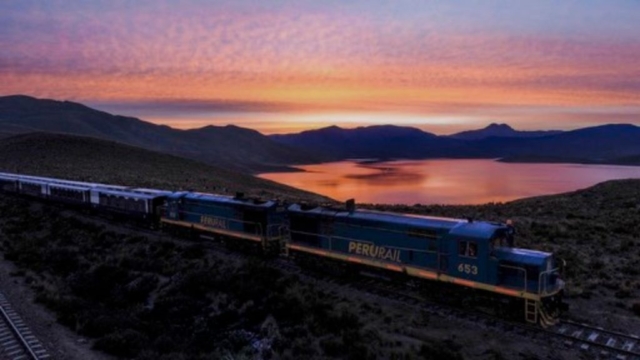The U.S. railroad industry operates 274,399 km (170,508 miles) of railways throughout the country, including Class 1 freight, regional, and local railroads. The elements subject to corrosion include metal parts such as rail and steel spikes. However, corrosion damage to railroad components is either limited or goes unreported, so an accurate estimate of corrosion cost could not be determined. (source: energyskeptic)
RAILROAD CARS
There are approximately 1.3 million freight cars and 1,962 passenger cars operating in the U.S. Covered hoppers (28%) and tanker cars (18%) make up the largest segment of the freight car fleet. The transported commodities range from coal, chemicals, ores, and minerals to motor vehicles and farm and food products. Railroad cars suffer both external and internal corrosion, with a total estimated corrosion cost of $0.5 billion. This cost is divided equally between the use of external coatings and internal coatings and linings. (source: energyskeptic)
Rustech® offers a sound solution for the protection of the railroad cars by developing a solar powered Rustech® module that is self-contained in a theft prevented metal housing, thus providing the necessary protection to each individual car.
HAZARDOUS MATERIALS TRANSPORT
According to the U.S. Department of Transportation, there are approximately 300 million hazardous material shipments of more than 3.1 billion metric tons annually in the U.S. Bulk transport over land includes shipping by tanker truck and rail car, and by special containers on vehicles. The total annual direct cost of corrosion for this sector is more than $0.9 billion, which includes the cost of transporting vehicles ($0.4 billion) and of specialized packaging ($0.5 billion), as well as costs associated with accidental releases and corrosion-related transportation incidents. (source: energyskeptic)
Rustech® can help by providing sound corrosion protection to these highly sensitive cargo and their assigned method of transportation.


